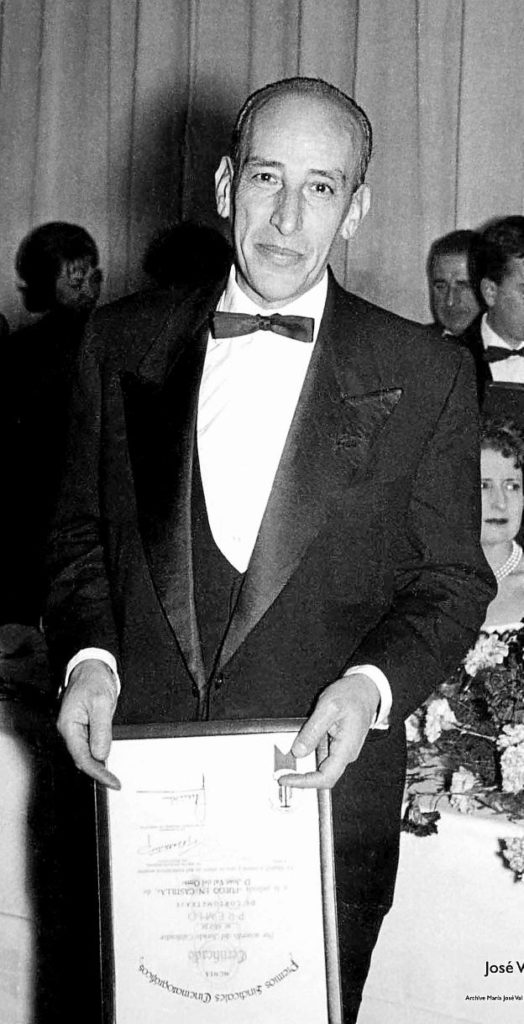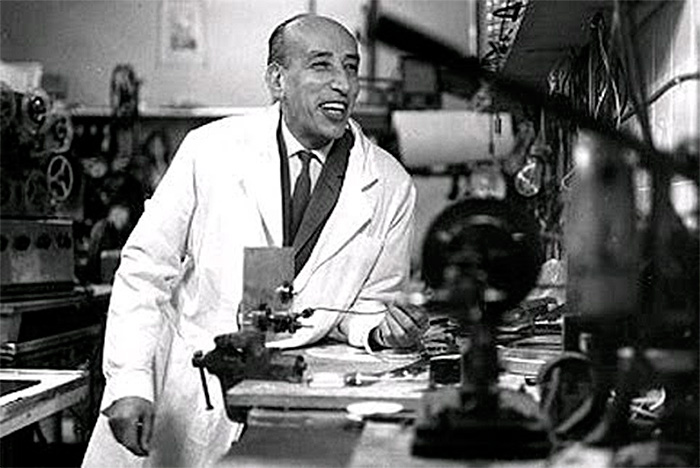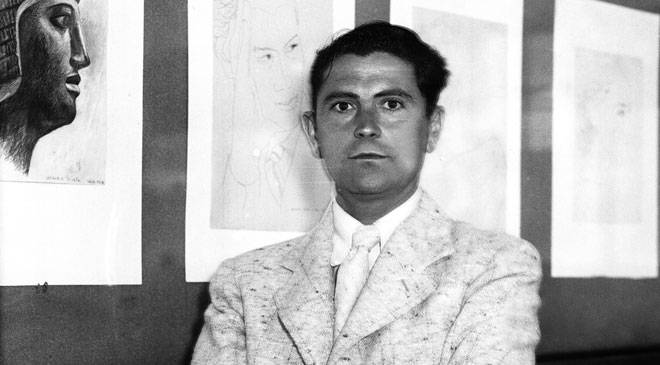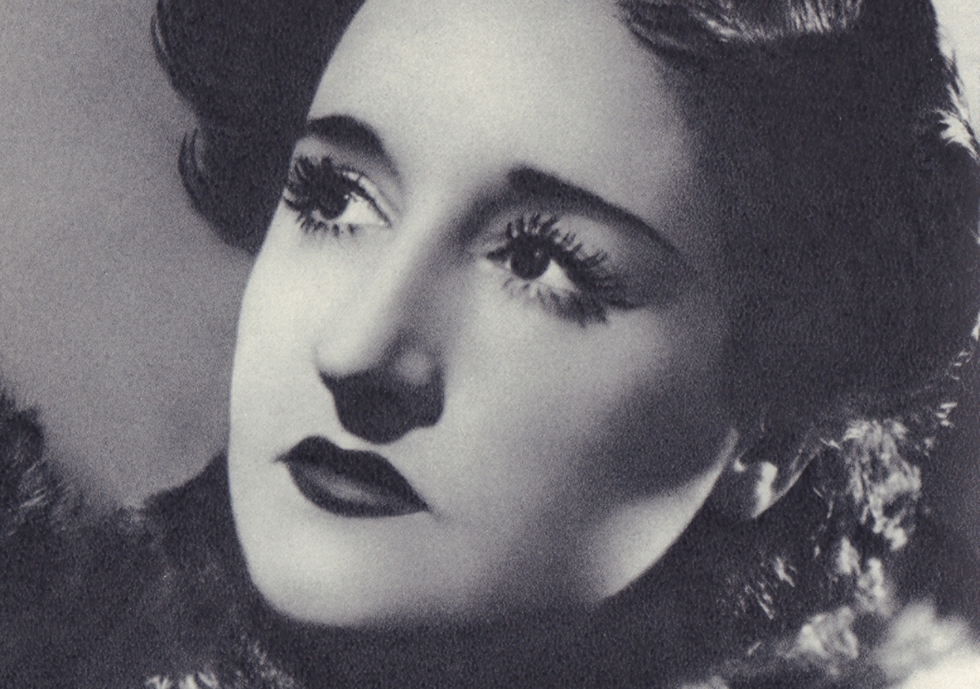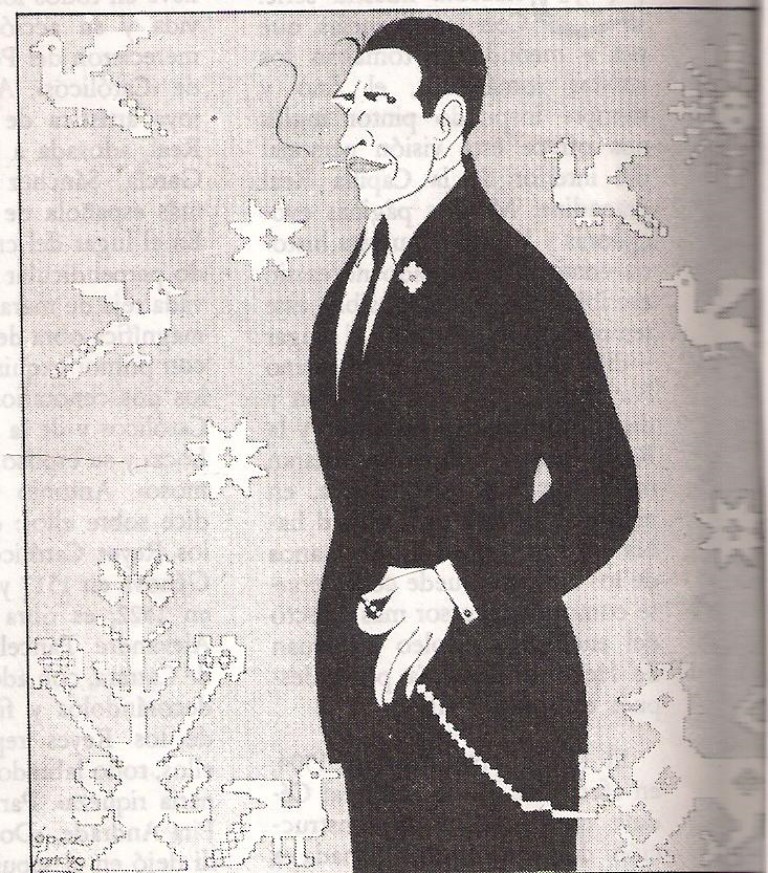José Val del Omar was born in a city, Granada, which, like him, tries to escape from parochial limitations and greets the 20th century with an awareness of universality: he was a contemporary of Federico and Francisco García Lorca, of Manuel Ángeles Ortiz, of Ismael de la Serna; and outside Granada, of Luis Cernuda, Josep Renau and María Zambrano. His father, Francisco del Val del Omar, is a civil servant from Loja, and his mother, Concepción López, born in Granada, a painter and pianist.
Between 1953 and 1955, he made one of his greatest film projects, ‘Water-Mirror of Granada’, an “audiovisual essay of lyrical plastic art” in which he used techniques of his own invention and which caused a stir at the Berlin and Brussels festivals.
During his childhood he entertains himself by devising projections through magic lanterns. He studies at the Escolapios. Under his school bed he hides a magnifying glass and a candle with which he devises his first projections in the dark,. In 1921, his childhood amusements make sense and he is encouraged to tackle his first film production, shot in 35 mm, and with the title In a Corner of Andalucía, a film, in the words of Florián Rey, which cost him 30,000 pesetas and of which he shot – as director and cameraman at the same time – 21,000 meters of negative without any commercial purpose. As he did not like the result, he then destroyed it.
The magazine La Pantalla, in the mid-twenties, reports on Val del Omar’s arrival in Madrid – “at twenty-five years old. Unmistakable lisp of Granada. And all the dark and dashing features of a son of Arabs” – with a headline that sums up all his restlessness: “A Spanish boy achieves two inventions that will revolutionize the art of cinema”.
After the proclamation of the Second Republic he joins the Popular Missions for which he shoots about forty documentaries of which only a few have survived. His fellow countryman García Lorca directed him towards the Institución Libre de Enseñanza (Free Teaching Institution). During the Civil War he collaborated with the poster designer Josep Renau to save the collections of the Prado Museum and the National Library. After the end of the conflict, trapped in Valencia, he is coerced to collaborate with the victors. In the 1940s, he concentrated on the study of sound and the invention of diaphonic or binaural systems, for which he registered the first patents.
Between 1953 and 1955, he makes one of his great cinematographic projects, Water-Mirror of Granada, an “audiovisual essay of lyrical plastic art” in which he uses techniques of his invention and which causes a stir at the Berlin and Brussels festivals. In 1959, he concludes Fire in Castilla, which is awarded a prize in Berlin. Two years later he shoots a third “lyrical and abstract” documentary about Galicia which, with the two previous ones, was to make up the Elemental Triptych of Spain.
In the last creative part of his life he surrounds himself with new methods and techniques, such as laser, video, cybernetic intuitions and the techniques framed in the anagram PLAT (Picto-Lumínica-Audio-Textil). In 1983, he published a selection of his poetry: Touches of Celestial Erotica.
He died on August 4, 1982 as a result of a traffic accident.
